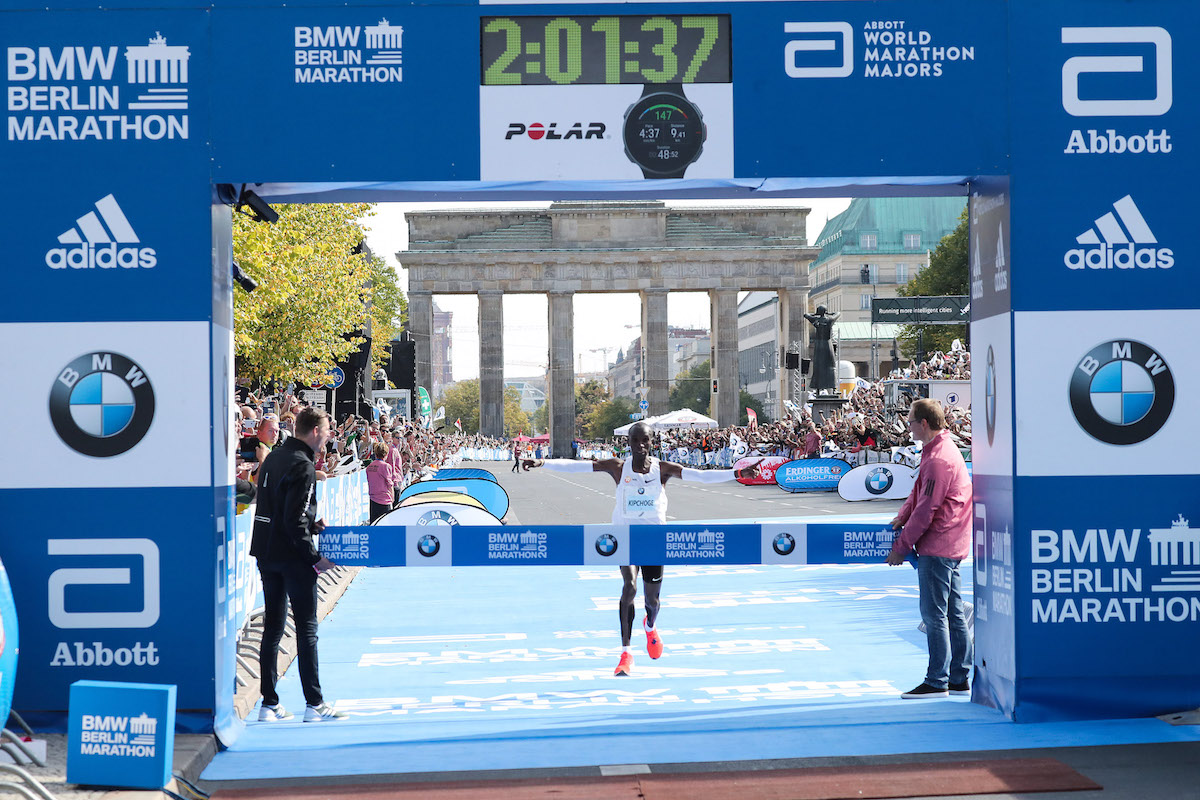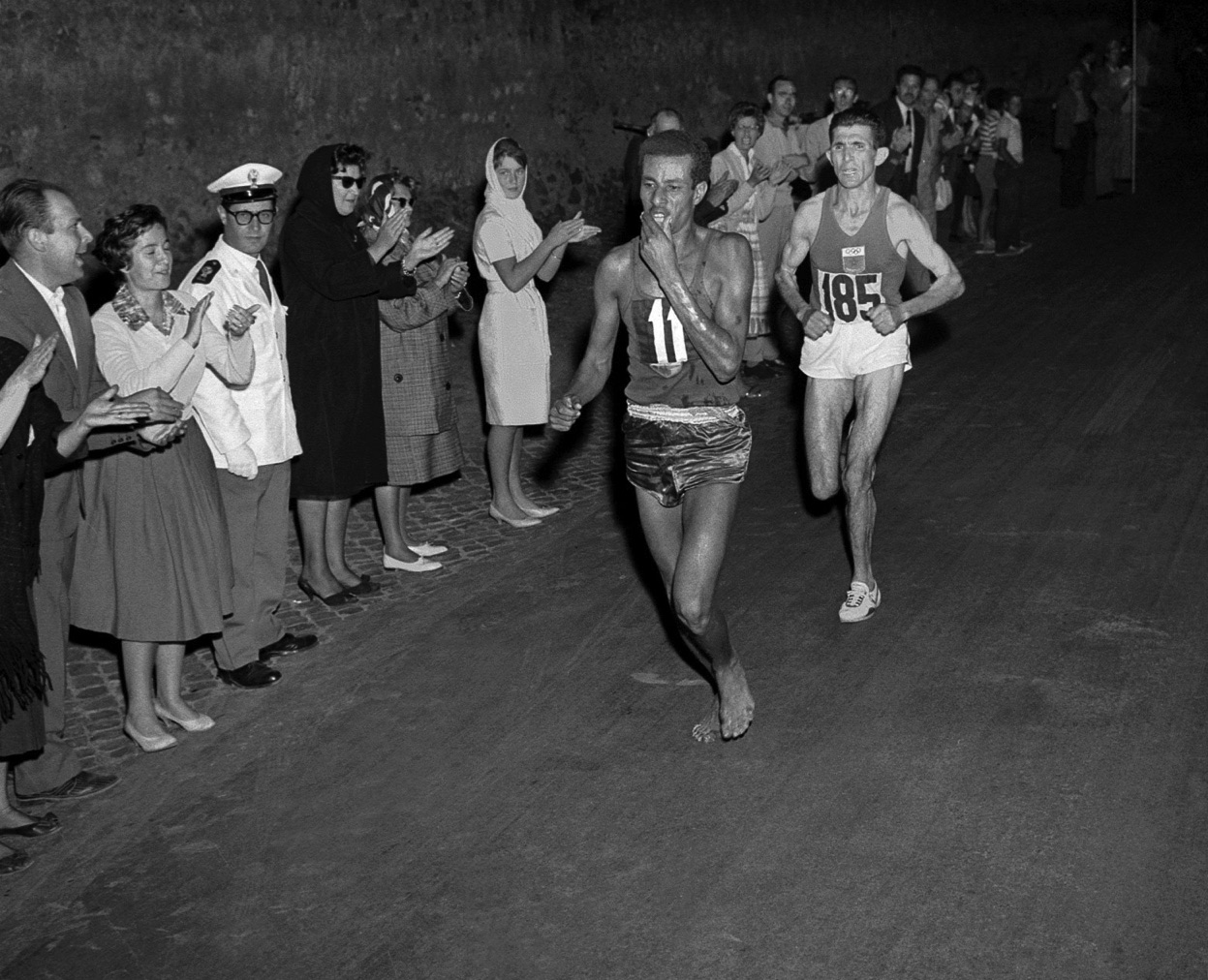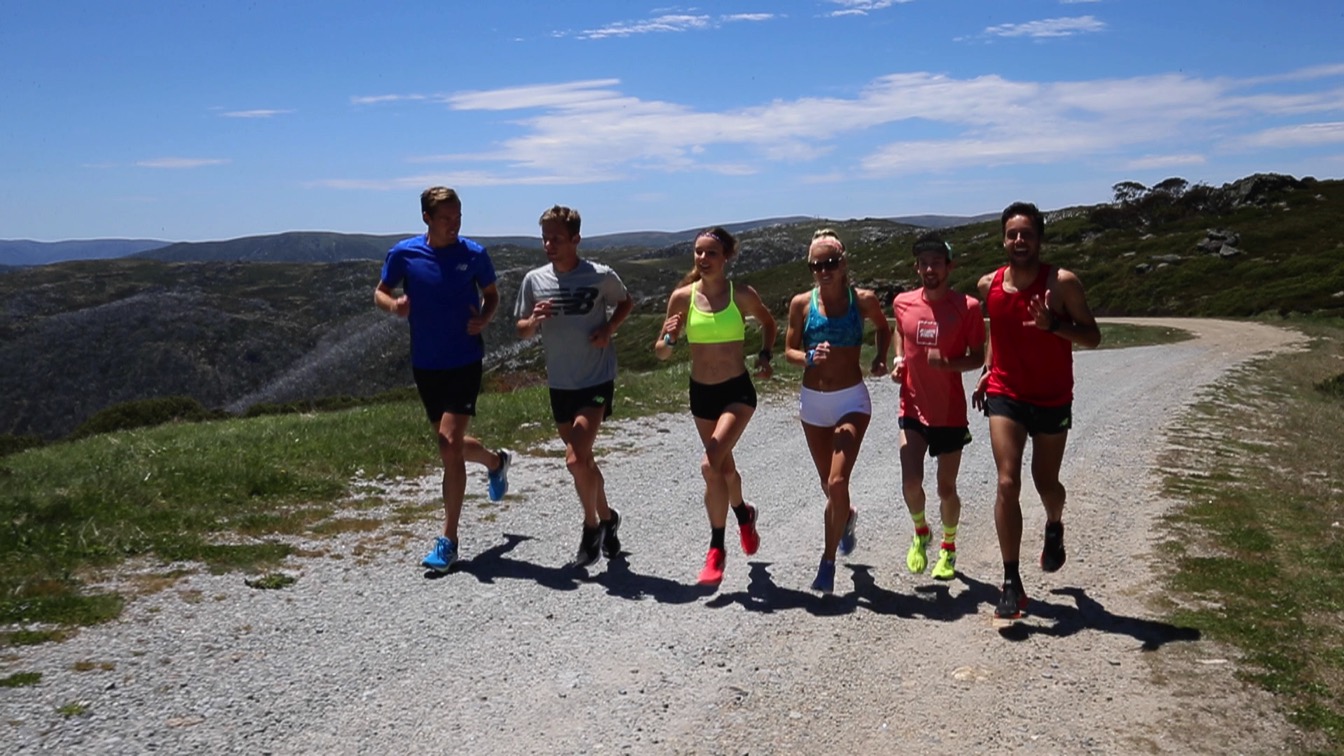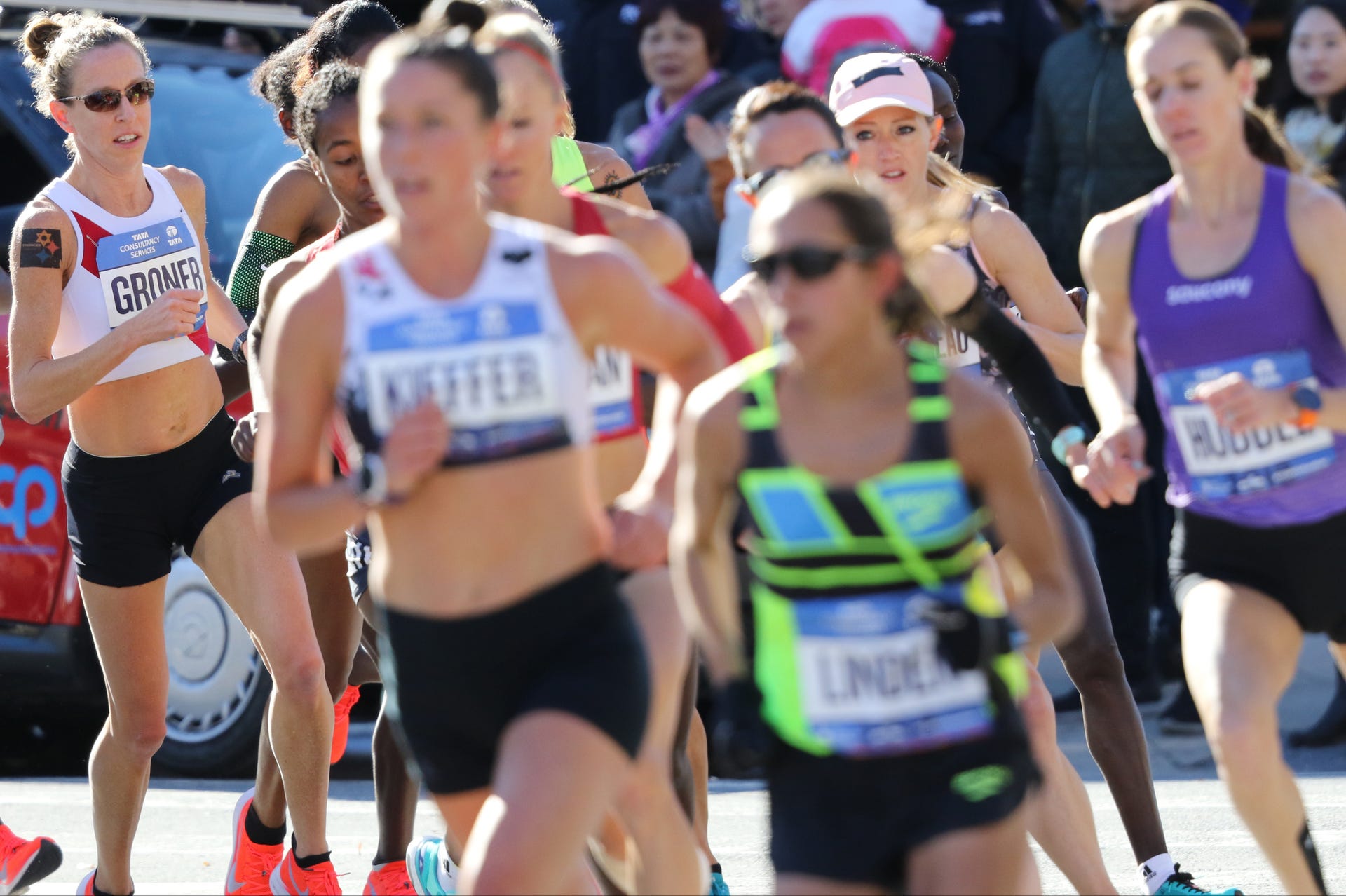Runner’s Tribe – One of the most common questions we get asked at Runner’s Tribe is ‘how do I start running?’ The simple answer is to put one foot in front of the other and gradually try to increase your speed remaining as comfortable as possible. Over time you will increase the time you do this in increments to allow your body to adjust. This is easier said than done, and the right guidance, coupled with a plan, can aid in your running journey significantly.
First, you must ask yourself why you want to run and follow the steps outlined here to maximise your running journey and motivation to continue with it. Whether it is for your health, to look good in your swimsuit, come summertime, or to win an Olympic gold medal, finding the core of your motivation will aid in keeping you on the roads and overcoming the days when you’re struggling to lace-up for your next run.

For just about anyone of any athletics level, the best way to begin is to start by running for 10 to 20-minutes at a time, three times per week. Then incrementally increase the amount of time you’re running and the number of days you run, but do not increase too quickly or you will get injured. Don’t shy away from taking walking breaks either; you must listen to your body and improvement is inevitable if you stick with it.
Don’t expect to feel amazing straight away or to be running like marathon world record holder, Eliud Kipchoge within a few weeks. The underlying physiological mechanics are as follows: You’re transporting oxygen to the muscle fibres by breathing oxygen into your lungs. Your heart then pumps oxygenated blood into your muscles. So when you start out, your heart rate will be high, your breathing will feel heavy, and you won’t feel a hundred percent.

In regards to running form, some people are natural heel-strikers while others land on their forefoot, like a lot of Kenyan runners, do. The best advice here is to maintain your natural stride unless you are constantly getting injured. In that case, you should consult your physio and have them look into your biomechanics.
Now you’ve got to the point where you can run 20-minutes at a time three times a week, and you’re starting to enjoy it more and more. You stumble across the ‘runner’s high’: this refers to the feeling of pure joy, and a decreased ability to feel pain due to an influx of endorphins released by exercise. For decades, scientists have associated this phenomenon with an increased level in the blood of β-endorphins, opioid peptides thought to elevate mood. Recently, German researchers have shown the brain’s endocannabinoid system may also play a role in producing runner’s high. It is believed that endocannabinoids helped our ancestors stay energised and focused as they hunted down prey for food. Let’s not get too much into the science of the ‘runner’s high’ but understand it is real and achievable for every runner. Be cautious though as the feeling is often so good that you will chase it more and more to the point where you may get injured by going too far too quickly for your body to adapt to the substantial impact of running on your joints.
The short-term fatigue and tissue breakdown from heavy training reduces your ability to perform for a couple of days while your body recoups. With the correct type of exercise, followed by adequate recovery, your body continues to adapt to a higher level, called supercompensation.
Next, let’s focus on equipment. Don’t get too caught up in what running shoes to purchase; they will not make you or break you. You will do this on your own by gradual improvement and strengthening your body as discussed above. Also remember, that we were born to run, and our most efficient mechanics would be achieved through running barefoot. In 1960, 28-year-old Ethiopian, Abebe Bikila amazed the world when unknown and unrecognised, he won the Olympic marathon. He attracted the world’s attention as the first East African to win a medal but also because he ran the event barefoot.

In modern society, though, running barefoot isn’t always an option due to concrete, rough roads and various things other elements that could cut up your feet. You’ve also probably been wearing shoes since you were an infant; hence, your body has adapted to this. If you do choose to run barefoot at times, it is best to do it gradually and ideally on soft grass; otherwise, a stress reaction may beckon.
Once you have progressed beyond the level where a 20 or even 30-minute run is comfortable, and you have your motivation and equipment sorted, it is time to take your training to the next level. Below are some of the various sessions you can implement into your training. Again, be cautious and build upon each workout, allowing your body time to recover and adapt.
Strides: These are 20 to 35-second sprints at around 80%-90% effort. They are typically used as part of the warm-up process to aid in getting the blood flowing to your lower limbs and your heart rate elevated.
Long runs: These are highly beneficial for any runner and aim to build your base fitness. The longer, the better but remember you only may need one long run a week to feel the physiological and psychological benefits. If you are aiming at running a half or full marathon, a minimum of 90-minutes of running is essential.
Tempo runs: These are ran faster than your casual jog and would be equivalent to your 10km race pace, whatever that may be. In essence, tempo running is practising the pain we will face in competition, and these runs should last from 10 to 60 minutes for advanced runners.
Hill intervals: Short sprints up an incline, followed with a recovery jog back down. Hill sprints improve your aerobic capacity. A good hill workout is finding a nice long hill and running up fast for 60 seconds and then back down easily for 30 seconds. Repeat this up to eight reps or until the top of the hill.

Fartlek: Endurance-based runs that incorporate faster intervals throughout. Pick a spot up in the distance and run to it faster than your jogging pace, then recover for around 30-seconds and repeat for around 20-minutes.
Our final bit of advice is to have fun. Running shouldn’t be a chore or arduous process. If you find yourself not enjoying your running, perhaps look to join a running group or enter a race and set yourself some goals. Point being, as your body must adapt to training, as must your mind and adding new elements into your running journey is a great idea. Good luck!




























